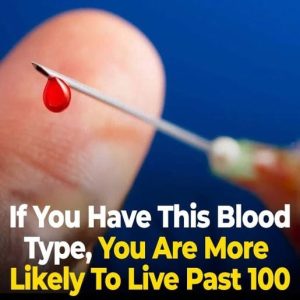ADHD (Attention-deficit/hyperactivity disorder) is a long-term condition that affects both children and adults. It causes problems with attention, hyperactivity, and impulsiveness.
There are four types: *Inattentive ADHD* (trouble focusing, finishing tasks), *Hyperactive-Impulsive ADHD* (excessive energy, trouble sitting still), *Combined Presentation* (most common, with both inattentive and hyperactive traits), and *Unspecified* (symptoms don’t fully match the others but still disrupt life).
Symptoms fall into two groups. Inattention makes it hard to stay focused or finish tasks. “You may seem inattentive when someone’s talking to you and lose things a lot.” Hyperactivity-impulsivity includes restlessness, excessive talking, or trouble waiting your turn.
The exact cause isn’t known, but it’s likely a mix of genetics and environment. “ADHD is observed highly heritable,” often running in families. Risk factors include prenatal exposure to tobacco, alcohol, or lead, as well as low birth weight and head injuries.
Brain scans show people with ADHD may have “reduced gray and white matter” and differences in areas like the frontal lobes. Other influences include poor sleep, anxiety, and depression. In short, ADHD results from genetic and environmental factors, along with brain structure differences.





